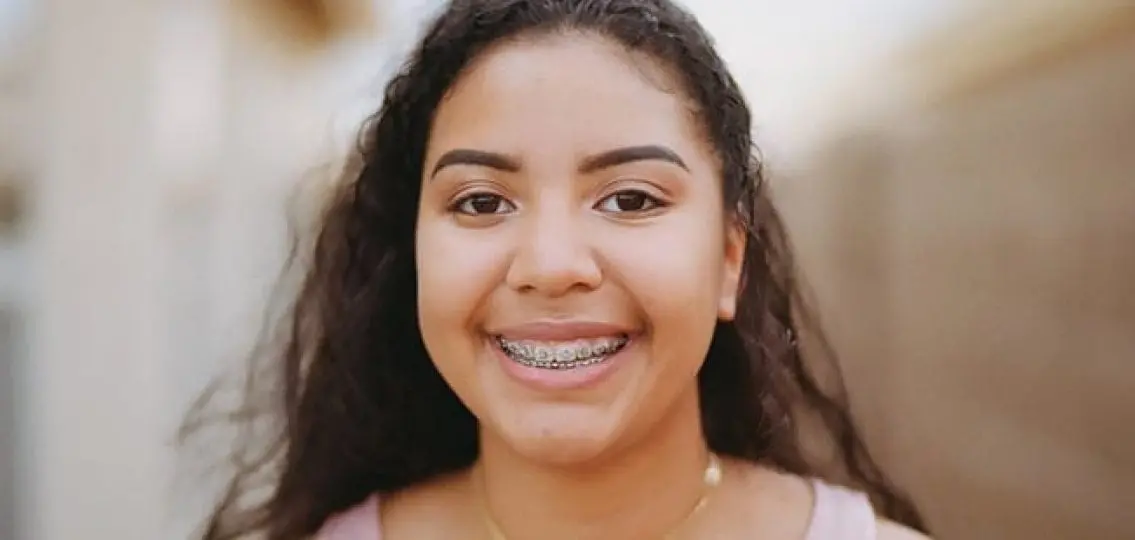Does your teen need braces? What should parents know about orthodontic treatment, and when is it time to see an orthodontist? We posed these questions about braces and others to Dr. Philip D. Bomeli, DDS, MS of Solon Orthodontics in Solon, Ohio. In this Q&A, Dr. Bomeli gives some advice about braces that might surprise you.

Q: When is it time for a teen to see an orthodontist?
Bomeli: The American Association of Orthodontists recommends that a child see an orthodontist by the age of seven. That might seem young, but by that age, most children have “mixed dentition”—a mix of baby and permanent teeth. We can generally see at that early point if things are going to go awry, like permanent teeth not coming in properly and other crowding and spacing issues. If nothing else, an early consult establishes a good baseline. Most orthodontists won’t charge for this initial consultation.
Q: What is the benefit of early intervention?
Bomeli: Really, it’s about solving small problems earlier so that you can avoid bigger problems down the road. [adrotate banner=”30″] Crowding and limited space cause many orthodontic problems, and we can make the environment better as your child’s permanent teeth come in. It might mean treatment as limited as an expander or a few braces in the first phase, but early intervention makes subsequent treatment easier, faster, and less expensive in the long term.
Q: Who usually wants the braces—the parent or the patient?
Bomeli: With younger patients, it’s the parents who have concerns, but as the child gets older, it’s usually the patient. Either their friends have braces, or they’ve started to realize there’s something they don’t like about the way they look. Fixing those issues with braces can positively impact self-esteem.
Q: What are the big concerns that teen patients have?
Bomeli: Most teens don’t love the idea of getting braces, but they’re willing to do it. They really want to know about how long they’ll have braces, food restrictions, and discomfort. The average treatment time is between 18-24 months, with a 6-month window on either end depending on how quickly things move. The length of treatment varies depending on how compliant they are in wearing rubber bands and retainers. I don’t really think it’s effective to be stern or lecture them, but it really helps if I explain how it works so that they can understand why they need to do what I ask of them.
Q: Are there cosmetic options for teens?
Bomeli: There are a number of different options for teens who don’t want the standard metal brackets, like Invisalign or clear ceramic braces.
Q: What’s the most challenging set of teeth you ever treated?
Bomeli: We had a young man who had all four of his canine teeth come in sideways. I’ve seen kids with extra teeth that completely block their front permanent teeth. We see kids with impacted teeth that can’t descend properly. From a treatment perspective, it’s very challenging and time consuming, but really rewarding to solve those problems and see how grateful and happy the patients are with the results.

Q: What’s one piece of advice would you give parents?
Bomeli: Be proactive rather than reactive. It’s much better to identify problems earlier than later. Even six months can make a big difference.




